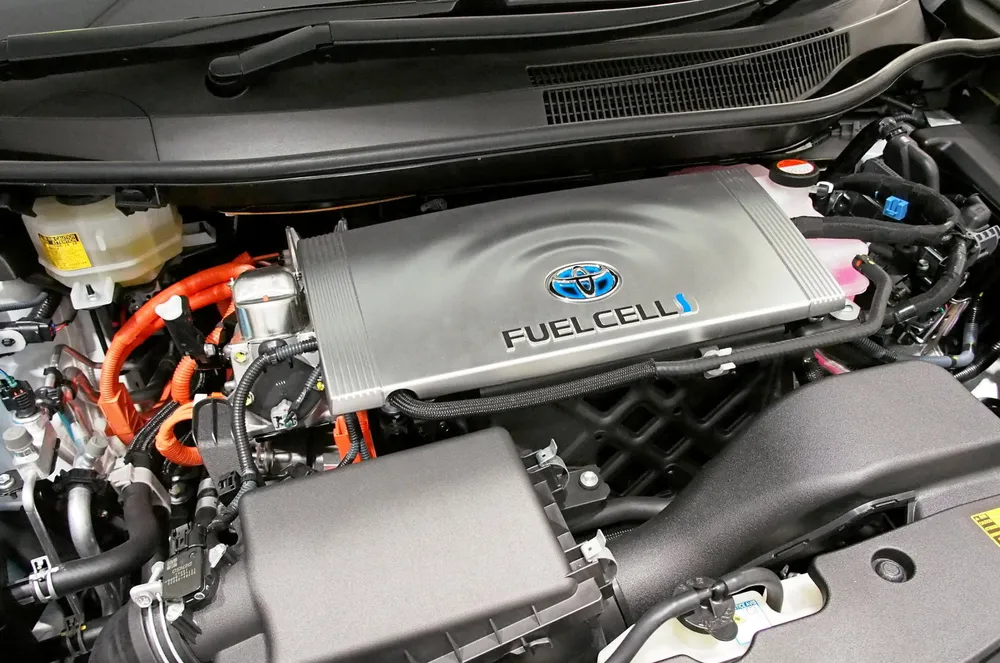Only 4% of zero-emissions vehicles will be powered by hydrogen in 20 years' time: analyst
Fuel-cell cars will remain a 'very small proportion' of the market, but almost a fifth of zero-emission trucks will run on H2 in 2044, says IDTechEx

Fuel-cell cars will remain a 'very small proportion' of the market, but almost a fifth of zero-emission trucks will run on H2 in 2044, says IDTechEx
